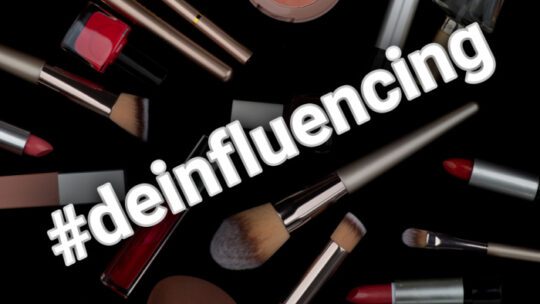
[Editor’s Note: Even experienced PR professionals need periodic refreshers on the basics, as well as insight about newer concepts. Hence, our Explainer series was born.
For all previous explainers, view our library here. Today we explore deinfluencing.]
Chances are if you spend your personal time on social media, particularly TikTok, you’re at least familiar with the deinfluencing term, if not the trend itself.
@ohmyyylaurd i am here for deinfluencing #deinfluencing #deinfluence #charlottetilbury #glossier #iliabeauty ♬ Lo-Fi analog beat - Gloveity
As of Feb. 28, the hashtag #deinfluencing had 281M views on TikTok, according to comScore. The number of social posts on the topic was up over 240% month-over month, from Jan. to Feb. 2023.
While the trend started with beauty influencers advising their followers which products not to buy; many speculate that perhaps the trend began in response to overconsumption and sponsored content. Yet influencers have since turned it on its head with a “buy this, not that” mentality. Now many influencers are simply recommending less expensive options, which in some cases, they may still get paid to promote.
Why It Matters to Communicators
With 72% of Gen Z and millennials saying they follow at least some influencers on social media, according to Morning Consult, it seems unlikely that marketers will decrease their influencer marketing spend.
But it does come back to trust and authenticity, and the same Morning Consult study reports that 88% of respondents say it’s important that the influencers they follow be authentic.
In fact, 50% of Millennials trust product recommendations from influencers, as opposed to only 38% of those same respondents trusting product recommendations from celebrities.
“Customers are…becoming more savvy and aware that many of the items they see on an influencer’s page are gifted or sponsored. For the influencers who post paid partnership after paid partnership, their followers are beginning to understand that there’s no way they can genuinely love all the brands and products they push,” writes Aditi Mayer for British Vogue.
Consequently, brands need to be “more intentional about partnerships,” advises Shilpa Shah, co-founder of fashion label Cuyana.
More PRNEWS Resources
How the Ad Council Vets Influencers and Measures their Impact on Campaigns
Mixing Tech and Elbow Grease Help Find Trusted Influencers
Delicate Balance: PR Sees Vetting, Contracts and Creative Freedom as Best Approach with Influencers
